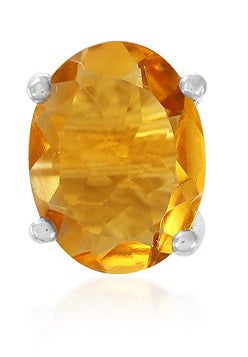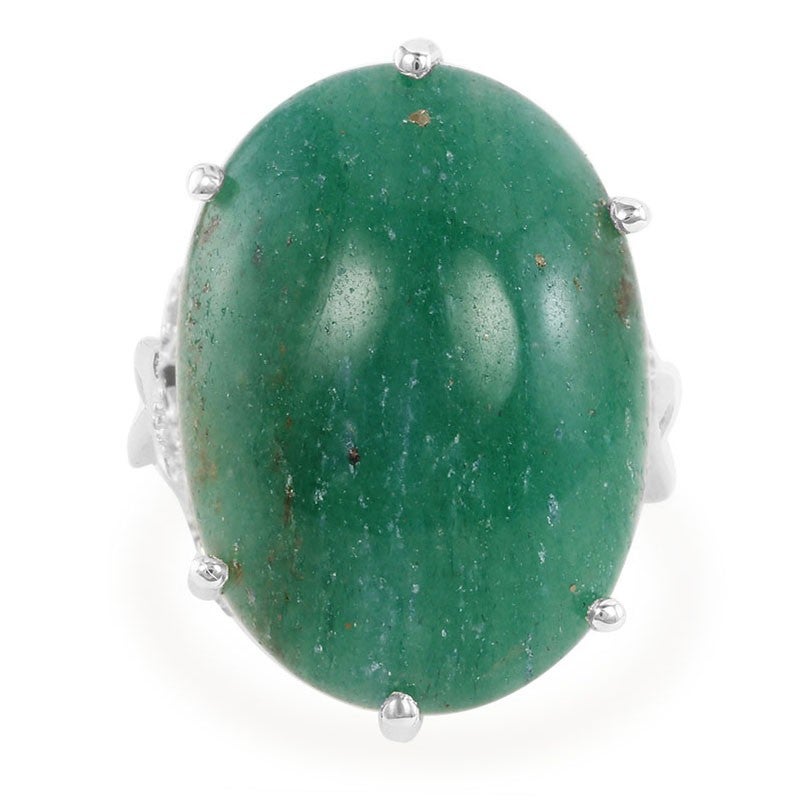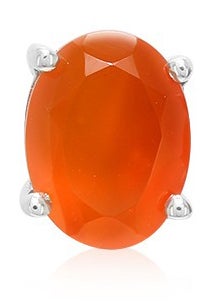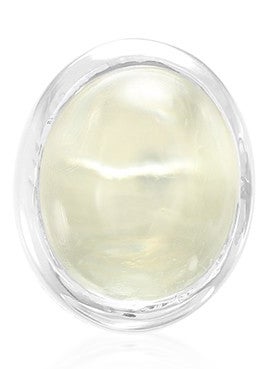Using Crystals and Gemstones in the Garden

There are many factors that affect nature and, by extension, our gardening practices. The obvious influences are weather, soil, temperature, and timing, but there are further powers that may affect the success of your plantings. Our ancestors believed in lunar cycles, spirits, religious superstitions, magic talismans, otherworldly lore and ancient beliefs as affecting the plant growth cycle. How do gemstones and crystals fit in? Crystals have long been part of religious and healing practices, believed to focus and direct energy in beneficial ways. This may explain how crystals and gemstones can hold sway over plant health, much as it does to our bodies. [caption id="attachment_18255" align="alignleft" width="80"]

Citrine[/caption] Crystal healing has become as common as Starbucks in some circles. Once thought of as "hippie" nonsense, it is part of modern day spa visits and used by today's naturopaths and alternative healers in a host of manners. Crystals in the garden bring the same benefits to plants that we harness for our bodies. They center the energy of a space, channeling that energy where it will be most beneficial. Many of these techniques have been used in farming since before the Egyptian pyramids were built. [caption id="attachment_18253" align="alignright" width="102"]

Aventurine[/caption] Crystals and gemstones such as several varieties of Quartz, Amethyst, Sodalite and Aventurine will boost root growth when partially submerged in soil near plants. Moss agate is often termed the gardener's stone because just wearing it while attending to plants can increase fertility and overall vigor. Green Jasper helps plants develop lush, leafy growth while Tourmaline is credited with healing sick plants. Citrine has numerous benefits, as it energizes the garden while also enhancing production. As its name seems to indicate, Moonstone has influence on the moon, making it a perfect pairing with a lunar planting scheme. [caption id="attachment_18249" align="alignleft" width="82"]

Carnelian[/caption] Plants and gem combinations occur wild as is the case with diamonds and Pandanus candelabrum, a rare plant that grows in mineral rich soils that occur above sites where diamonds occur. Several other plants grow where copper is mined. This seems to indicate that certain plants prefer certain mineral influences. An example in the garden is the use of Amethyst to produce bumper crops in sage, blueberries, plums, lavender and basil. Carnelian fuels fiery or spicy flavors in plants in the mint family, as well as peppers, tomatoes and more. Using Aquamarine near apples, strawberries, celery, greens, and tulips keeps plants from stress. It is also used near ponds and lakes to benefit fish and other aquatic animals. Peridot directs plant growth and increases the production of fruits and vegetables. Harnessing the power of gems and crystals brings a sense of peace and harmony to the garden, which increases overall plant health and abundance. [caption id="attachment_18250" align="alignright" width="83"]

Amethyst[/caption] Another benefit of gemstones in the landscape are as protection against plant pests. They may even repel certain weeds that compete with wanted plant specimens. Gems can enhance nutrient absorption and act almost as a fertilizer, driving a plant's capacity to uptake nutrients and water. Their ability to strengthen roots reduces plant stress and the effects of certain diseases. It is one thing to talk about the benefits of these energy drivers, but how do you use them? [caption id="attachment_18251" align="alignleft" width="72"]

Moonstone[/caption] Many gardeners simply wear or carry the stone on their person while performing the tasks related to gardening. Such jewelry can be found at places like Juwelo, which offers a wide variety of gemstone jewelry. However, there are more direct ways to use crystals and gemstones in harmonious partnership with plants. Bury a stone in the middle of the garden or a particular plot. You can also place crystals at the four corners of a bed to ward off pests, disease and bring calm to the plants. Soaking a gemstone in warm water for a period of time charges the liquid, making it an effective irrigator for sick plants. For those with the interest and ability, the gems can also be charged by chakra ritual, allowing you to direct the stone's energy and enhance its natural properties. Crystals and gemstones are useful even if you don't believe in such alternate uses. They make you feel good as you enjoy their beauty and that positive energy can be felt by your plant friends. That is what is known as a "win-win" situation, one which can focus beneficial power on both you and your garden.
Gardening tips, videos, info and more delivered right to your inbox!
Sign up for the Gardening Know How newsletter today and receive a free copy of our e-book "How to Grow Delicious Tomatoes".
-
 How To Grow Seeds Quickly: 8 Expert Tricks For Fast Flowers & Crops
How To Grow Seeds Quickly: 8 Expert Tricks For Fast Flowers & CropsIt's never too late to start growing! Jump-start your flower or vegetable garden with these pro tips and tricks for germinating seeds in record time.
By Amy Grant
-
 8 Perfect Flowers To Plant With Tomatoes To Boost Yields & Banish Pests
8 Perfect Flowers To Plant With Tomatoes To Boost Yields & Banish PestsDon’t forget flowers when choosing companion plants for your tomato beds or pots. These pretty, fragrant blooms add beauty but are also highly beneficial.
By Mary Ellen Ellis